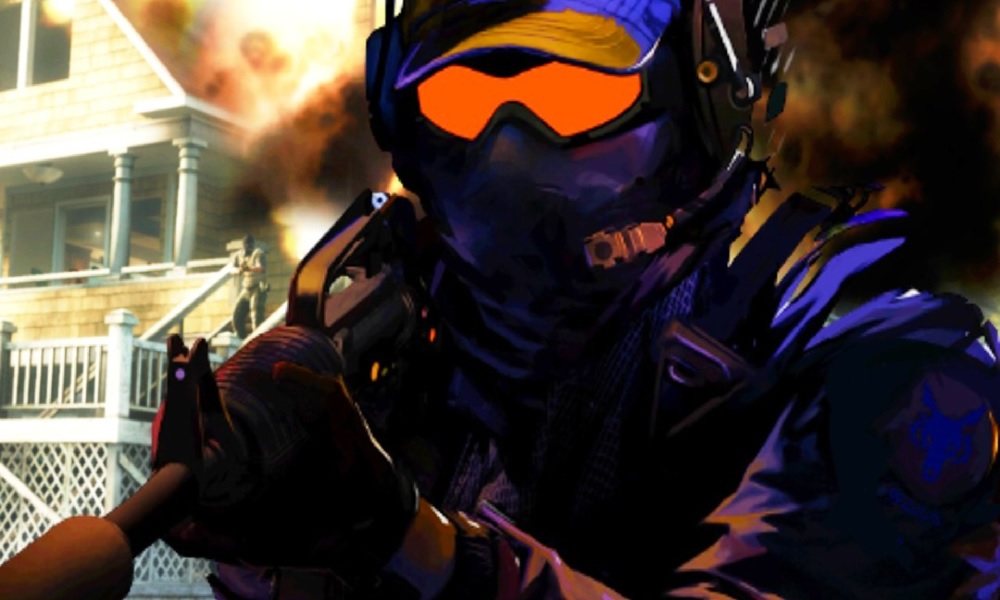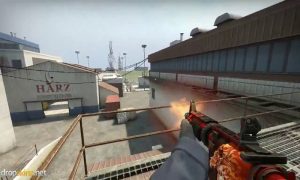
Introduction:
Counter-Strike: Global Offensive (CS:GO) is one of the most popular first-person shooter games in the world. The game requires a combination of quick reflexes, precision aiming, and strategic thinking to succeed. Professional players spend countless hours perfecting their skills and strategies to compete at the highest level.
This classic essay takes an inside look at CS:GO training regimes, examining two key aspects of professional player development: psychology and technical training. The psychology of CS:GO training explores how players develop mental toughness, focus, and resilience in high-pressure situations. It also examines how players manage stress and anxiety during competition.
The technical aspects of CS:GO training delve into the specific skills required to excel in the game. This includes mastering weapon recoil patterns, grenade usage, map awareness, communication with teammates, and more. The essay will explore how professional players practice these skills through drills, scrimmages, and other forms of gameplay.
Together, these two areas provide a comprehensive understanding of what it takes to become a top-level CS:GO player. By examining both the psychological and technical elements of training regimes used by professionals in this field can help aspiring gamers understand what it takes to succeed in this highly competitive arena.
Psychology Of Cs:go Training:
The psychology of CS:GO training is a fascinating and complex subject, as it involves not only the development of physical skills but also the cultivation of mental fortitude and resilience. Players who excel in this game must learn to manage their emotions, maintain focus under pressure, and make split-second decisions with confidence. This requires a deep understanding of the psychological principles that underpin success in competitive gaming.
One key aspect of CS:GO training is the use of visualization techniques to improve performance. Visualization involves creating mental images of successful plays or scenarios, which can help players to build confidence and reduce anxiety. By visualizing themselves making precise shots or executing complex strategies, players can develop a sense of mastery over the game that translates into improved performance on the battlefield.
Another important psychological factor in CS:GO training is goal-setting. Players who set clear goals for themselves are more likely to stay motivated and focused during practice sessions, as they have a clear sense of what they are working towards. However, it is important for these goals to be realistic and achievable – setting overly ambitious targets can lead to frustration and demotivation if they are not met.
Finally, developing mental toughness is essential for success in competitive gaming. This means learning how to cope with setbacks such as losing rounds or matches, managing stress levels during high-pressure situations, and maintaining focus even when things aren’t going well. Through regular practice and exposure to competitive environments, players can gradually build up their resilience and develop a “winning mindset” that allows them to perform at their best even under challenging conditions.
The psychology of CS:GO training is a multifaceted topic that encompasses many different aspects of mental performance. From visualization techniques to goal-setting strategies and beyond, understanding these psychological principles is essential for any player looking to excel at this highly competitive game. By cultivating mental toughness and developing strong habits around practice and preparation, players can give themselves the best possible chance of success on the virtual battlefield.
Technical Aspects Of Cs:go Training:
In the world of competitive gaming, technical aspects play a vital role in shaping the training regimes of professional Counter-Strike: Global Offensive (CS:GO) players. These technical aspects primarily revolve around three key elements: aim training, movement mechanics, and game sense. Aim training involves practicing hand-eye coordination and muscle memory to improve accuracy and reaction time. Movement mechanics refer to mastering various movement techniques such as strafing, bunny hopping, and crouch jumping to gain an advantage over opponents. Game sense refers to understanding the game’s mechanics and developing a strategic mindset to make informed decisions during gameplay.
Aim training is crucial for CS:GO players as it directly affects their ability to secure kills and win rounds. Players use various techniques such as deathmatch servers, aim maps, and recoil control maps to train their aim skills. Deathmatch servers provide a fast-paced environment where players can practice their aim against real opponents. Aim maps offer specialized environments that focus on specific aiming scenarios such as flick shots or tracking targets. Recoil control maps help players master the recoil patterns of different weapons in the game.
Movement mechanics are equally important for CS:GO players as they enable them to move quickly and efficiently around the map while avoiding enemy fire. Strafing involves moving side-to-side while shooting at an opponent; bunny hopping allows players to move faster by jumping continuously; crouch jumping enables players to jump higher than usual by combining a crouch with a jump command.
Game sense is perhaps one of the most critical technical aspects of CS:GO training regimes as it requires a deep understanding of how the game works. This includes knowledge about map layouts, weapon stats, economy management, team communication strategies, and opponent behavior analysis.
Mastering these technical aspects is essential for any aspiring CS:GO player looking to compete at a professional level. A solid foundation in aim training, movement mechanics, and game sense can help elevate one’s gameplay and improve their chances of success. Professional players spend countless hours honing these skills, and a disciplined training regime is necessary to achieve excellence in the world of competitive gaming.
Conclusion:
In conclusion, the world of competitive gaming has come a long way, and Counter-Strike: Global Offensive (CS:GO) is no exception. The game has become an international phenomenon, with millions of players competing at the highest levels. As such, it is essential for professional players to train effectively and efficiently.
One critical aspect of CS:GO training regimes is the psychology behind it. Players must have a clear understanding of their mental state and how it affects their gameplay. They must learn to manage their emotions and stay focused on the game’s objectives. This requires discipline, dedication, and mental toughness.
Another crucial component of CS:GO training regimes is the technical aspect. Players must develop a wide range of skills that include aim accuracy, movement control, map awareness, team communication, and tactical knowledge. These technical skills require hours upon hours of practice in order to master them.
Overall, successful CS:GO training regimes require both psychological and technical development. Professional players must be able to balance these two aspects while maintaining their physical health and well-being. It takes years of hard work to achieve success in this field but with determination and perseverance anything can be achieved.
In conclusion, the psychology behind CS:GO training regimes plays a significant role in achieving success as does mastering technical skills through consistent practice over time. With dedication and hard work anyone can succeed in this exciting world of competitive gaming! Learn more at csgo book.








